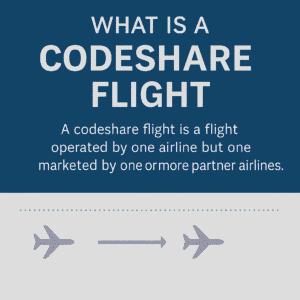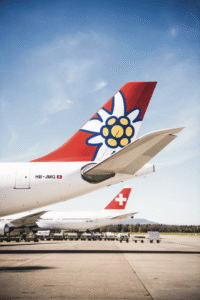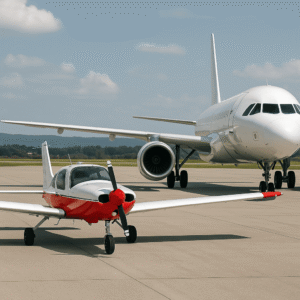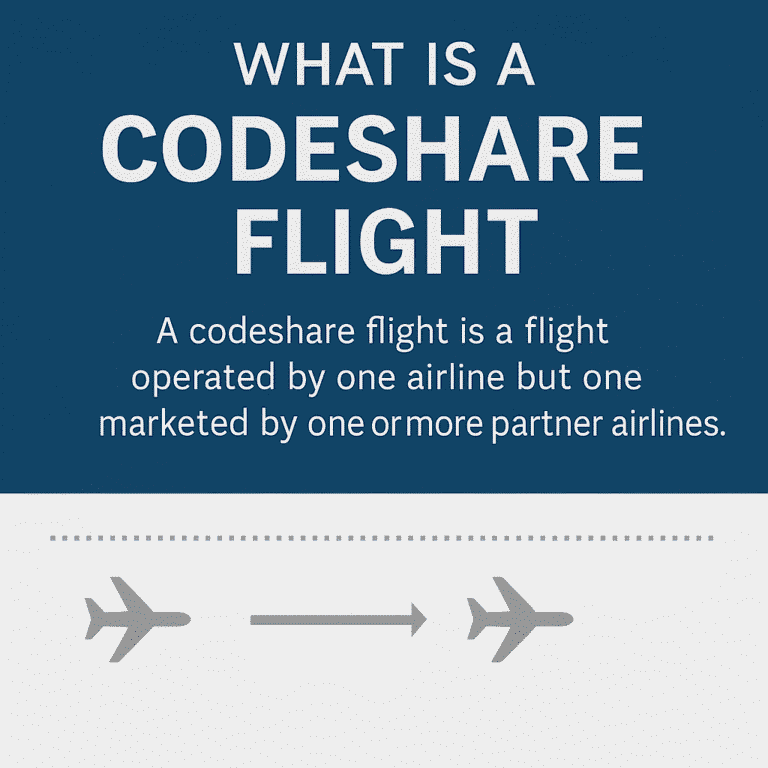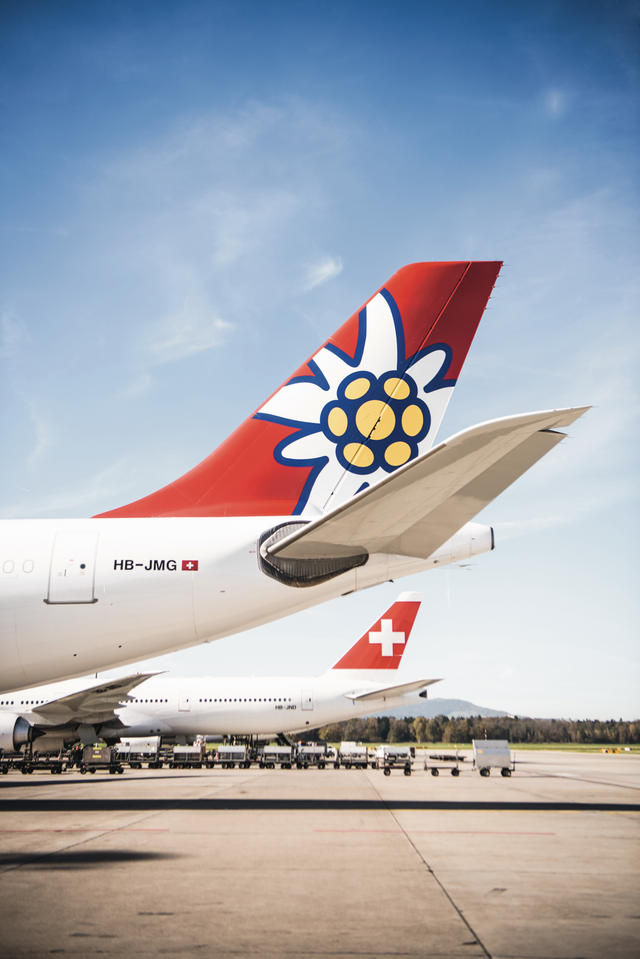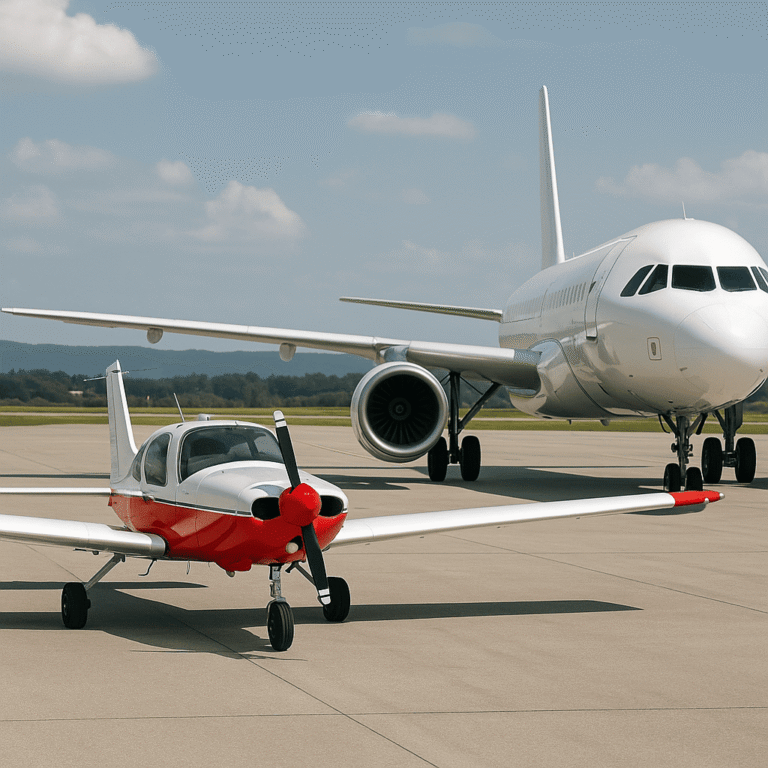Highlights
- In a codeshare, the selling airline (marketing carrier) and the flying airline (operating carrier) share revenue.
- Standard model: the selling airline keeps the booking, the operating airline is compensated via pre-agreed “pro-rate” formulas.
- Joint ventures go further: airlines pool revenue and split profits across routes.
- Benefits: airlines expand market reach, fill more seats, and strengthen alliances.
- Examples: ITA–United, Emirates–Qantas, Lufthansa–ANA, American–Alaska Airlines.
- For passengers, it means more options, but also blurred accountability in case of disruption.
Overview
“If I buy a ticket from ITA Airways to New York, but my flight is operated by United Airlines, who gets the money?”
The answer is that both airlines benefit. Codeshare agreements are structured to ensure that the marketing carrier keeps the customer relationship, while the operating carrier is paid fairly for flying the aircraft. This arrangement has turned codeshare into one of the most profitable and strategic tools in global aviation.
Content
Revenue-sharing basics
In a standard codeshare, ITA Airways can sell seats on United’s Rome–New York flight under its own flight number (AZ###). When you purchase the ticket, ITA records the sale, but United receives compensation according to negotiated formulas — often based on mileage, market value, or bilateral agreements. These are known as pro-rate deals.
Joint ventures: the next level
On major routes like the North Atlantic, airlines go beyond simple pro-rates. Lufthansa, United, and Air Canada operate under a transatlantic joint venture, pooling revenues and splitting profits regardless of who sells the ticket. For passengers, this means seamless pricing and schedules; for airlines, it means they function almost like a single carrier on those routes.
Why allow a partner to sell your seats?
- Market reach: United gains exposure to ITA’s customers in Italy and Europe.
- Fuller aircraft: Seats are sold more easily when marketed by multiple carriers.
- Customer loyalty: ITA keeps its frequent flyer members booking through its system, even if United operates the aircraft.
- Shared risk: Both airlines mitigate the risk of flying half-empty planes.
Examples from around the world
- Emirates–Qantas: Qantas can market Europe-bound tickets via Dubai, even when Emirates operates the flights, keeping customers in the Qantas ecosystem.
- Lufthansa–ANA: Lufthansa sells tickets beyond Tokyo on ANA’s domestic network, while ANA fills aircraft with German-origin passengers.
- American–Alaska Airlines: American extends its presence on the U.S. West Coast, while Alaska Airlines earns revenue for operating those flights.
Passenger impact
For travelers, codeshares mean more options and smoother itineraries. But they also blur responsibility: if a flight is delayed, passengers may struggle to determine whether the marketing or the operating carrier should handle compensation.
Analytical Insight
The economics of codeshares are not about splitting a single fare evenly — they are about enlarging the pie. Alone, ITA Airways might sell fewer tickets to New York, and United might have trouble filling all its seats. Together, they capture more passengers than either could achieve alone.
Codeshare is thus both a commercial strategy and a defensive measure. In a market where airlines fight low-cost competitors and high operating costs, partnering to share revenue can be more effective than competing head-to-head.
Conclusion
When you buy a codeshare ticket, your money supports a partnership between airlines. The marketing carrier keeps the booking and loyalty relationship, while the operating carrier earns revenue for flying the aircraft. Both sides win — and passengers gain more options — though at the cost of transparency when things go wrong.
Behind the phrase “operated by” on your ticket lies a financial system designed not just to share profits, but to keep global aviation networks alive and competitive.


